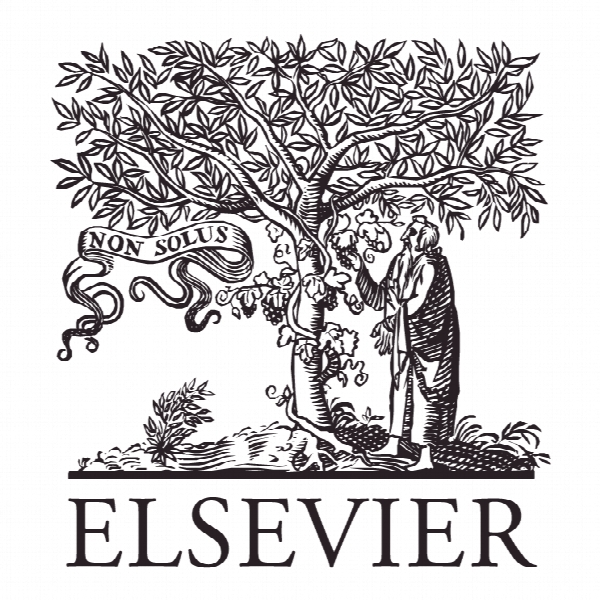برنامه مرکز تحقیقات تعاونی استرالیا: دیدگاه تئوری هزینه معامله Australia’s Cooperative Research Centre Program: A transaction cost theory perspective
- نوع فایل : کتاب
- زبان : انگلیسی
- ناشر : Elsevier
- چاپ و سال / کشور: 2017
توضیحات
رشته های مرتبط مدیریت و علوم تربیتی
مجله سیاست تحقیق – Research Policy
دانشگاه فناوری کوئینزلند، بریزبن، استرالیا
نشریه نشریه الزویر
مجله سیاست تحقیق – Research Policy
دانشگاه فناوری کوئینزلند، بریزبن، استرالیا
نشریه نشریه الزویر
Description
1. Introduction There has been significant recent debate about the place of government-funded collaborative research in Australia. In particular, the ability of the flagship vehicle for collaborative applied research between the university sector and industry, namely the Australian Government’s Cooperative Research Centre (CRC) Program, to deliver financially sustainable, long-term engagement between the two sectors has been questioned. Indeed, the CRC Program has been criticised in a number of official reports, such as the Commission of Audit Report (2014), the Productivity Commission (2007) and the O’Kane (2008) review. For example,the Commission of Audit Report (2014) claims that collaborative research does not appear to rank highly on the agenda of industry, with Australian businesses not necessarily seeing the lack of collaboration with academia as an impediment to innovation (ABS, 2012). These pessimistic thoughts would appear to have guided the Australian Government’s recent decision to cut back the Program’s budget by $80 million. This move suggests that there is some doubt about the CRC Program’s ability to deliver what the Chief Scientist of Australia, ProfessorRalphSlatyer,had inmind whenhe oversaw the Program’s establishment in 1991, this being the creation of financially self-sufficient CRCs that, in time, would not require additional governmentfunding (O’Kane, 2008; Allen Consulting Group, 2012). Numerous program reviews have demonstrated the broader economic benefits associated with the CRC Program (e.g. Howard Partners, 2003; O’Kane, 2008; Allen Consulting Group, 2012). It remains unclear, however, if the current CRC model is the most appropriate vehicle to achieve ongoing, financially sustainable collaborative relationships between industry and academia. In fact, O’Kane (2008, p. 54) observed that ‘self-sufficiency has proven to be out of reach’ and that ‘there has been a potential for CRC energies to be diverted from the main game’, which, of course, is the facilitation of interaction between universities and industry. The University of Queensland, in a submission to the National Innovation System (NIS) review in 2008, highlighted the alterative goal that a CRC’s prime objective is survival as an organisation after the cessation of government funding, rather than the facilitation of interaction between universities and industry. Attempts at organisational survival rather than nurturing ongoing industry-university collaboration also adversely affect the Program’s capacity to support innovation. This is because established CRCs crowd out new centres by re-bidding for CRC funding (O’Kane, 2008). From a national perspective, cross-sector specific grant funding such as the CRC Program, in addition to R&D tax concessions gained by businesses contributing to CRCs, may skew investment decisions by industries and only benefit the private sector, with ‘the risk of providing support to projects with low potential spill-overs and those that would be undertaken in the absence of public subsidies’ (Productivity Commission, 2007, p. 450). In view of the above, a thorough investigation into the ability of the current CRC model to deliver longer-term collaboration between industry and academia is required. This, of course, is a problem that drives to the very core of contemporary debates relating to the role of universities in national science and technology (S&T) policy, the more so given that cross-sector collaborative research and development (R&D) has increasingly been promoted as a means to harness pre-competitive as well as missioncritical technologies by bringing together scientific and technical capacities (Boardman and Gray, 2010). Yet Australia’s apparent underperformance in the intensity of collaboration between industry and universities, at least when compared to that of other developed countries (OECD, 2013), suggests that Australian businesses have been looking for research providers outside of academia, or have preferred in-house research to some extent. All this ostensibly suggests that the benefits of collaborative applied research to the entities engaging in the current CRC Program are not sufficient to cover the implicit costs to maintain ongoing relationships between academia and industry after the initial funding periodhas expired, atleast without additional governmentfunding. This article therefore aims to unpack the implicit costs associated with the CRC governance model using transaction cost theory (hereafter TCT). It also intends to propose a framework of broad structural prescriptions necessary for the development of genuinely sustainable research collaborations that do not rely unduly on government funding


